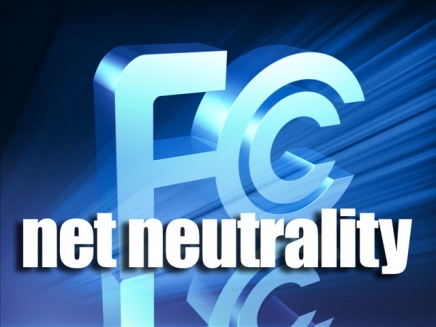– by Thomas M. White
The Department of Labor (“DOL”) recently adopted a rule expanding the definition of who may be a fiduciary under ERISA. Significant because ERISA-covered plans control enormous pools of capital and ERISA fiduciaries are prohibited from engaging in self-dealing transactions. The new rule, which went into effect on June 9, 2017, affects how investments in hedge funds will be marketed to ERISA-covered plans and IRAs.
If a person makes a “recommendation” regarding an investment or investment management and receives a fee from a plan, a plan participant, a fiduciary, an IRA or an owner of an IRA that person will be considered a fiduciary and that definition applies even if the underlying assets are not “plan assets” within the meaning of the DOL’s Plan Asset Regulation. If this sounds confusing, appreciate there is litigation currently pending regarding whether the DOL’s rule applies to IRAs or their owners.
Probably the most critical determination will be whether a “recommendation” has been made for purposes of this new rule. A “recommendation” involves the purchase, holding, managing or sale of securities and is “a communication that, based on its content, context and presentation, would reasonably be viewed as a suggestion that the advice recipient engage in or refrain from taking a particular course of action.” In fact, a series of communications may result in a “recommendation,” even if each individual communications may not rise to that level. Although general communications are not, advice based on individual characteristics of a potential investor are likely “recommendations.”
There are a number of regulatory exemptions, such as recommendations made to a “sophisticated” adviser or investor or if an adviser offers advice to an independent plan or IRA fiduciary in an arm’s-length transaction and the adviser reasonably believes the independent fiduciary is a qualified financial institution (e.g., a bank, insurance company or a broker-dealer) or if the recipient of the information manages at least $50 million in assets regardless of whether those assets are plan assets.
Why does all this matter. Make a presentation covering the general features of a specific hedge fund to a meeting room packed with potential investors and investment advisers. After the formal presentation concludes, an audience member comes over to the presenter, describes himself as an IRA owner and his particular circumstances – a discussion ensues. If the speaker isn’t careful about what is said, and a fee may be earned by the hedge fund it may be a problem. There are other examples too numerous to describe here.
To minimize the likelihood they will be considered fiduciaries under the new rule, hedge funds should determine if they want to market to IRAs, small plans and individuals who have investment discretion over the investments in their profit sharing and 401(k) accounts. Marketing materials should be reviewed to determine if they need to be modified to avoid a problem. Even subscription agreements should make it clear the potential investor is not a small plan or an IRA unless it is being advised by an investment professional who fits under the exemption. Marketing professionals should be trained as to what they may and may not say and written reports describing conversations and communications with potential investors should be retained.
If you want to read more about the potential application of this new rule you can read the entire Rimon Client Alert or contact Tom White directly. Mr. White specializes in the full scope of human resources management, such as Employee Benefits and Executive Compensation, Healthcare, and Employment Law.



